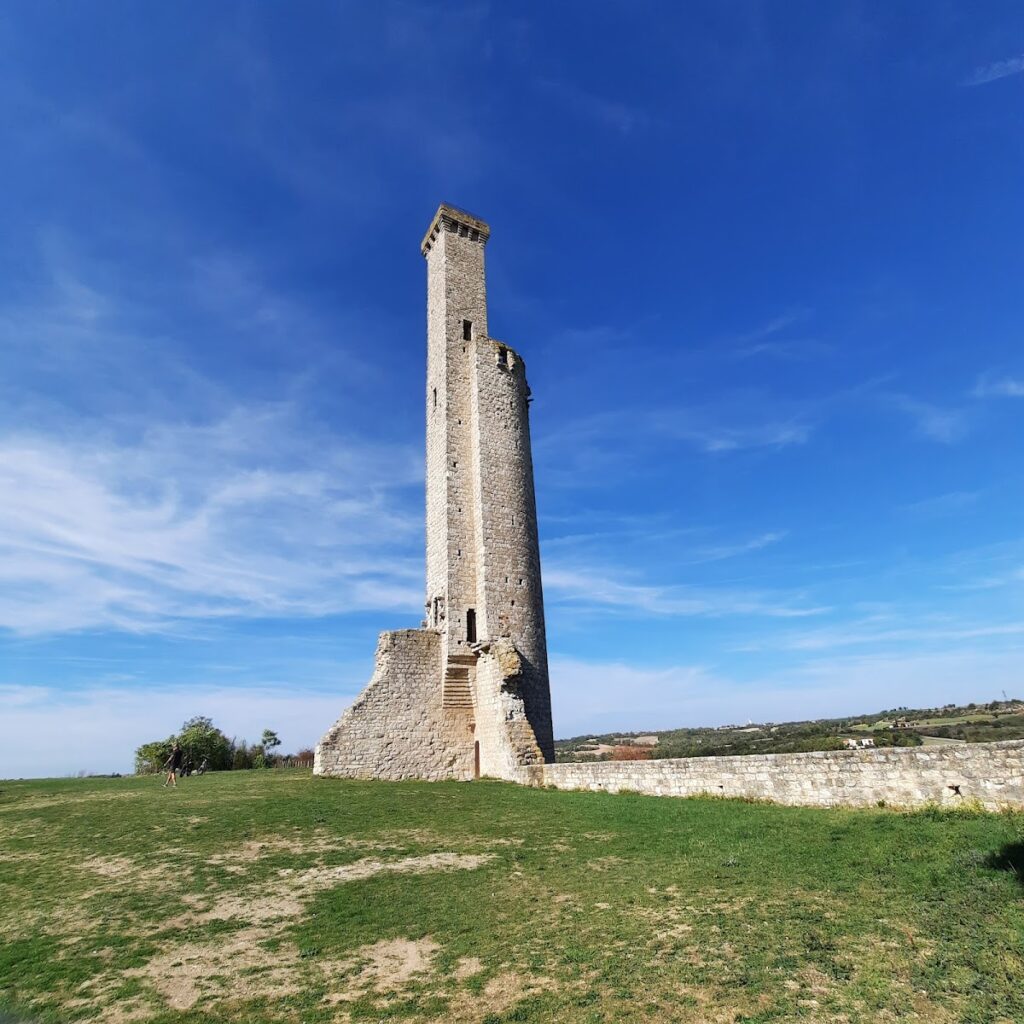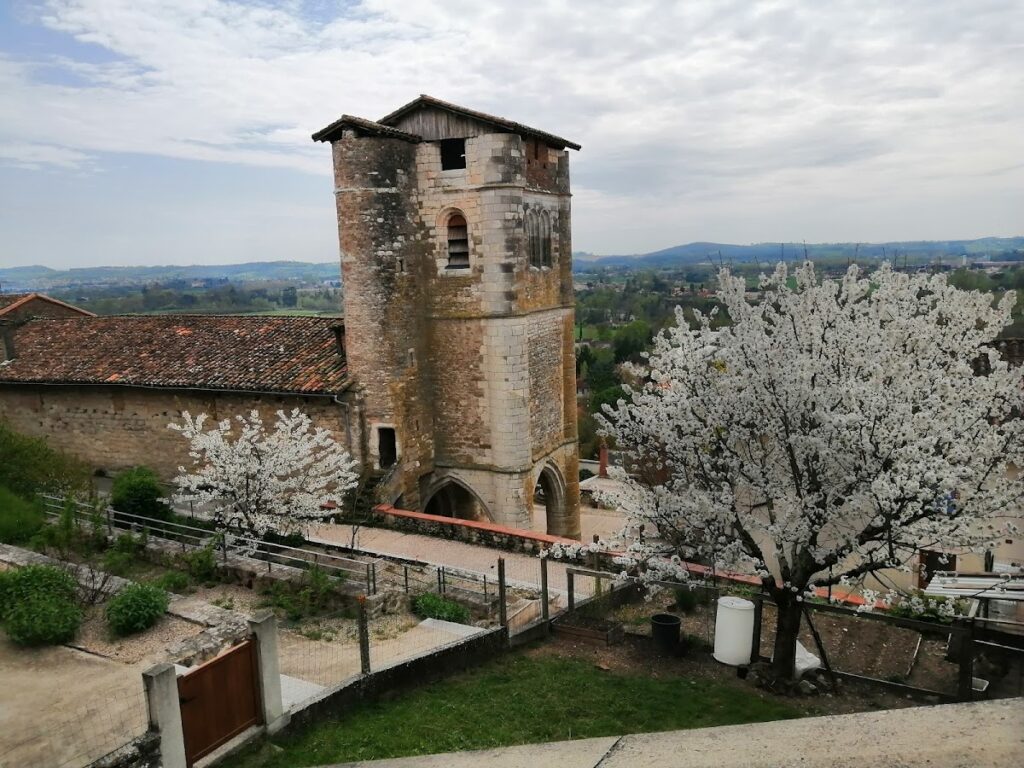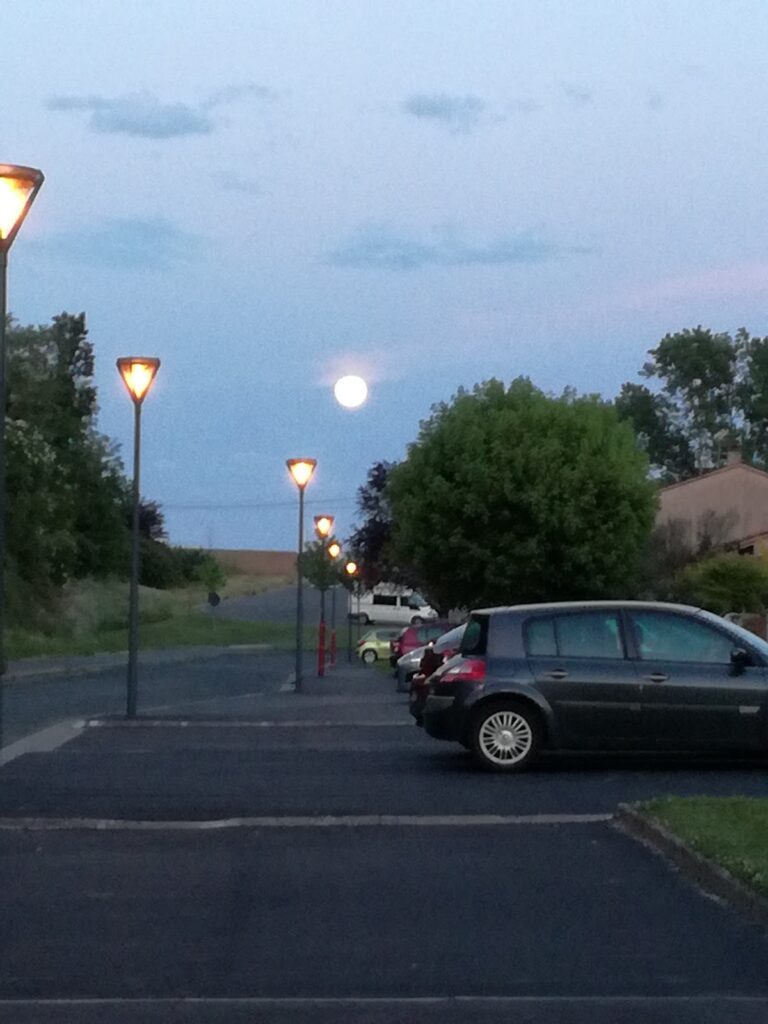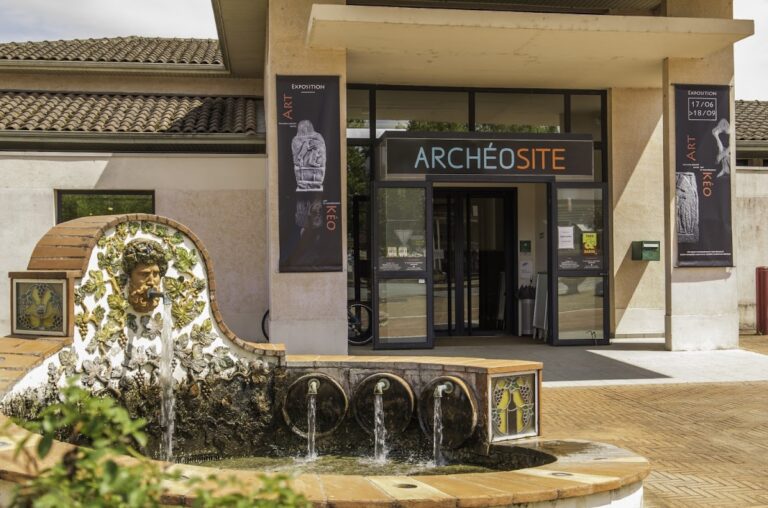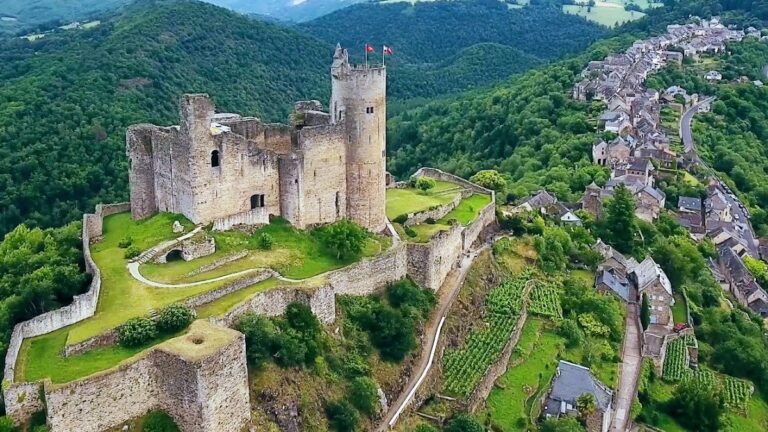Château de Castelnau-de-Lévis: A Medieval Fortress in France
Visitor Information
Google Rating: 4.4
Popularity: Low
Google Maps: View on Google Maps
Country: France
Civilization: Unclassified
Remains: Military
History
The Château de Castelnau-de-Lévis is located in the municipality of Castelnau-de-Lévis in France. It was built in the early 13th century by the Occitan nobility, specifically under the direction of Sicard Alaman, a powerful follower of Raymond VII, Count of Toulouse.
Construction of the castle began in 1235 as part of a defensive strategy to secure Toulouse’s northern frontier across the Tarn River. The site was chosen for its elevated position on a rocky hill known as the “puy de Bonnafous.” Originally, the castle bore the name Castelnau-de-Bonnafous, reflecting this geographic feature. Around the same time the fortress was established, a village grew up at its base, marking the beginning of a settled community linked closely to the castle’s presence.
In the 15th century, with ownership transferred to the Lévis family, significant rebuilding took place. This included the construction of a new tower-logis, a type of residential tower, which enhanced both the defensive and domestic qualities of the castle. Later in the same century, the seigneurie passed to Hugues d’Amboise, who held the title baron d’Aubijoux. His descendants continued to possess the castle into the 17th century. One notable figure, Louis d’Amboise, comte d’Aubijoux, undertook restoration efforts and chose the castle as his residence, indicating its ongoing importance as a noble domicile.
The château’s decline began in the 19th century and extended into the 20th century when it was used as a source of stone for building materials, resulting in significant deterioration. Despite this, recognition of its historic value came on 22 November 1909, when it was officially designated a French historic monument. In the early 1980s, efforts to stabilize and restore parts of the structure, particularly sections of the upper defensive walls, were initiated to protect what remained of the medieval fortress.
Remains
The Château de Castelnau-de-Lévis occupies a triangular footprint shaped by the contours of the rocky hill upon which it stands. Built mainly from locally sourced stone, the castle’s walls and towers closely follow the natural topography, creating a fortress that commands an extensive view over the Tarn valley and the nearby city of Albi.
Among the surviving structures, a prominent 14th-century watchtower remains attached to an earlier staircase tower from the 13th century. The watchtower consists of a semicircular tower linked to a square tower, reaching an estimated height between 35 and 40 meters. Inside, the tower contains three vaulted floors, each showing signs of wooden flooring that once doubled the number of levels, revealing a complex internal arrangement designed for surveillance and defense.
Another significant feature is the 15th-century tower-logis constructed during the Lévis family’s ownership. This tower overlooks the valley and the city, reflecting its dual role as a lookout post and noble residence. The tower-logis exemplifies the period’s shift towards combining defensive capabilities with domestic comfort.
Only one fortified gate survives from the castle’s lower defensive enclosure, or enceinte. Portions of the upper enceinte’s walls have been identified and partially restored as part of recent conservation work, offering insight into the castle’s once extensive defensive network. Over the centuries, the castle’s function as a stone quarry contributed to much of the ruinous condition visible today, though restoration efforts have stabilized key sections, preserving its historical footprint for study and appreciation.
